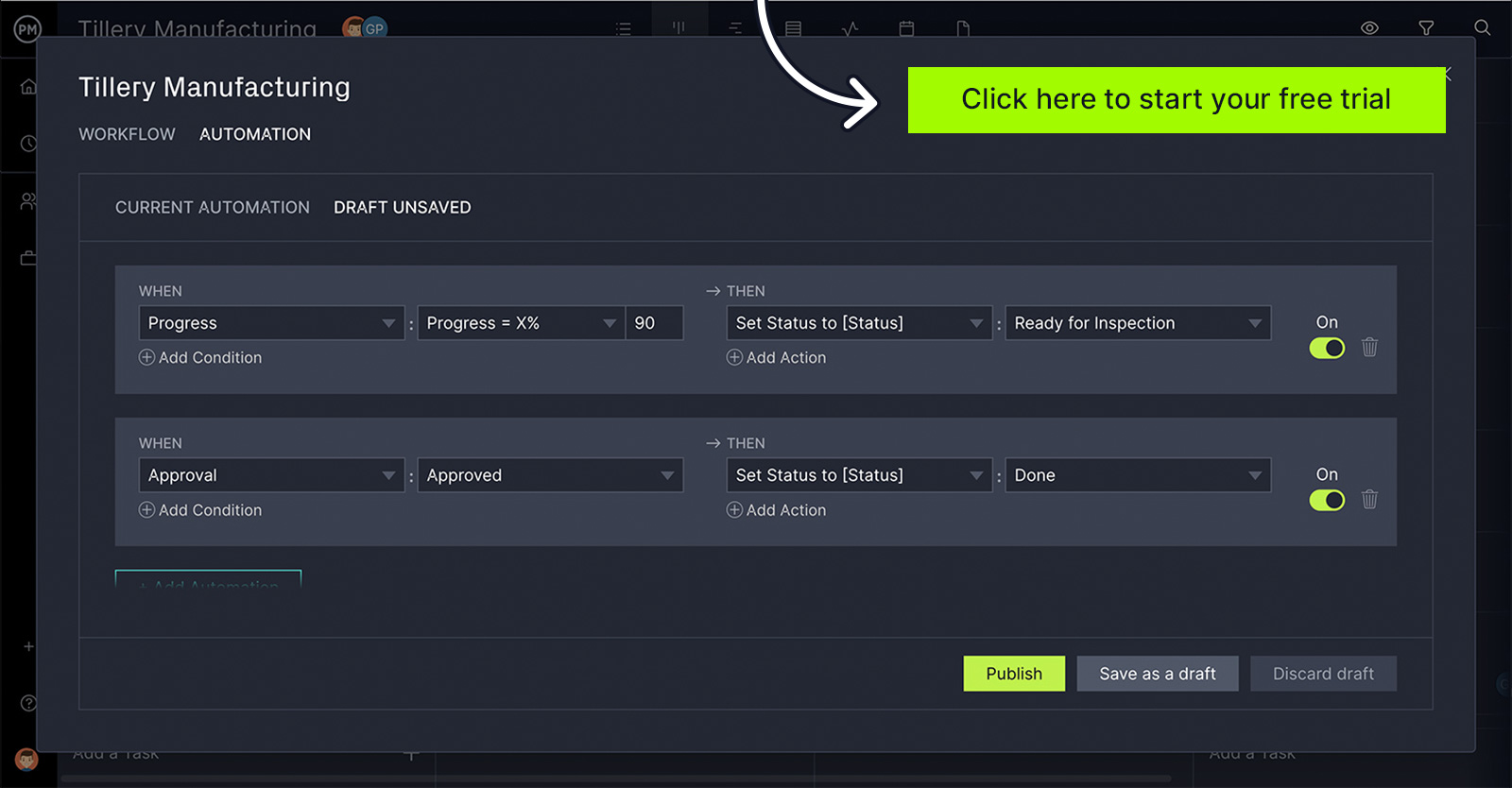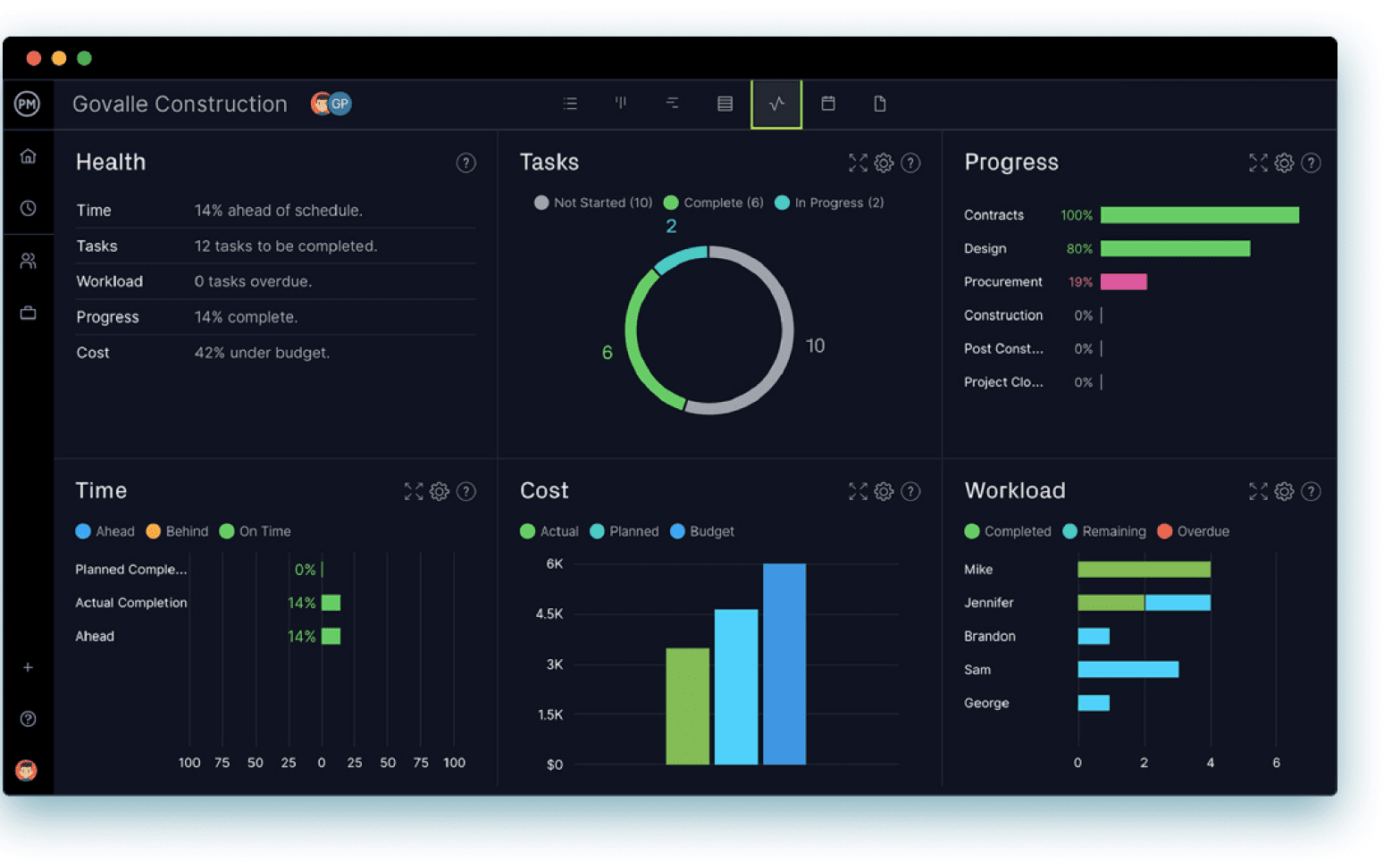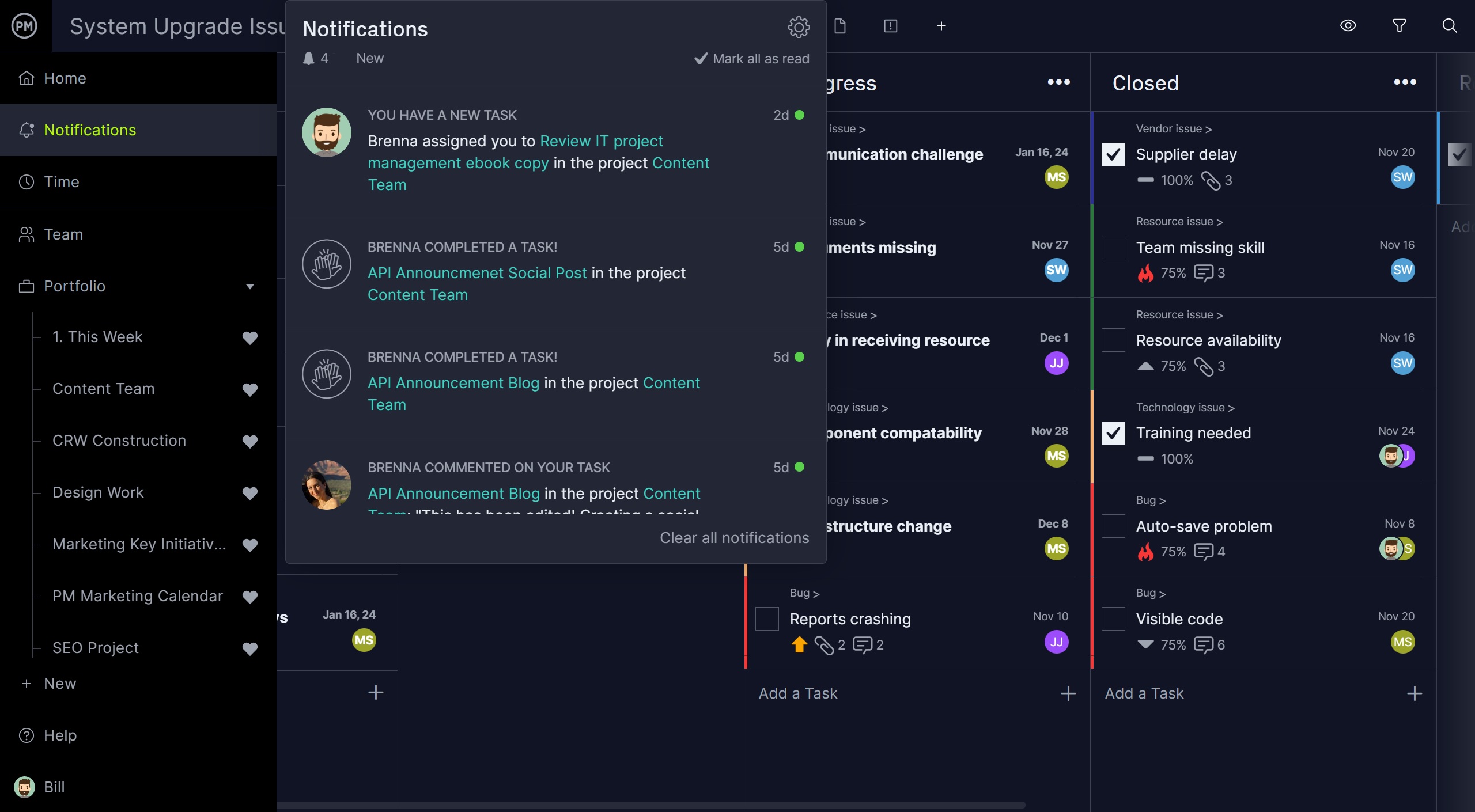Information technology (IT) has found its way into almost every aspect of our lives, both professionally and personally. What we might take for granted actually involves a great deal of work and investment. IT financial management (ITFM) covers the costs of keeping our network, servers and devices running.
IT financial management is a bit more complicated than that and we’ll explain by more thoroughly defining the term. Then we’ll list the professionals who are tasked with IT financial management and their key objectives. To close, there will be some of the best practices to employ for more successful IT financial management.
What Is IT Financial Management (ITFM)?
IT financial management is made up of the processes and tools that are needed to manage and analyze IT costs. There’s also the communication of the value of these processes and tools to IT leaders in order to prove their value to the business.
Part of the process is explaining the costs for IT services to executives and aligning the investment with business objectives in order to increase value for the business. This is done through analysis, planning and managing costs that are related to IT operations, projects and services.
IT financial management must be transparent, accountable and optimized for efficiency when dealing with the costs of these systems. To accomplish this requires financial governance, creating and controlling an IT budget, tracking expenses and doing cost-benefit analysis of IT investments. All this helps to make more insightful decisions that can save money and lead to better business outcomes while improving IT performance.
That’s a lot of responsibility, but it can be handled more effectively with project management software. ProjectManager is award-winning project management software that gives IT leaders the features they need to do their jobs on a cloud-based tool with real-time data to better track their costs. One way to gain efficiency is through our workflow automation, which uses any number of triggers to automatically create actions to save time and keep the IT financial team focused on more important tasks.

Who’s Responsible for IT Financial Management?
There are several financial managers who are responsible for IT financial management in a business. They’re tasked with the financial health of the business in terms of its IT systems. They have many responsibilities that go beyond cost, such as making sure the business’ data and computational resources are accessible and secure.
Chief Information Officer
The chief information officer (CIO) manages all aspects of the delivery of IT activities. This position is also responsible for IT governance, ensuring that standards, rules and proper procedures are being followed. This includes IT operations management, IT service management, IT asset management and IT risk management. This executive-level position works closely with the chief financial officer and chief operating officer.
Chief Financial Officer
The chief financial officer (CFO) is responsible for the management of a business’ finances, including those related to IT. This high-level executive will track cash flow and financial planning as well as analyze the business’ financial performance and suggest ways to improve it. A CFO can be seen as the business’ controller or treasurer as they all manage finances and accounting to ensure accurate financial reporting.
IT Director
The IT director can be seen as a bridge between the CIO and a business’ IT staff. They’re the team leader, in a sense, who reports to the CIO, but unlike that executive position, are tasked with the daily operation of the business’ IT department. An IT director is responsible for the IT team and ensuring that they follow guidelines defined by the CIO and other regulations.
Key Objectives of IT Financial Management
IT financial management is tasked with many things, but there are key objectives that are most important to keep in mind. Of course, though objectives can vary depending on the company and industry, but for the most part there are core objectives that every IT financial management process is going to follow. Here are a few of them.
Creating and Managing IT Budgets
When we’re talking about IT budgets, what we mean is the total allocation of IT spending over the year. This spending can come from anywhere in the business that has IT costs. It’s not limited to the IT department. It should include estimates on decentralized IT spending as well as shadow IT, that is IT used without knowledge of the IT department. That includes hardware, software, personnel, outsourcing, disaster recovery and occupancy costs for supporting IT within the business.
Tracking and Reporting IT Costs
IT costs consist of operational costs (running IT services daily), staff costs (hiring, training and retaining employees), core costs (overhead) and capital costs (money invested to acquire or upgrade assets). In order to know what you’re spending and to monitor that it doesn’t go over your budget, it’s important to track those costs. This can be done with dashboards and reporting features for greater detail.
Ensuring IT Spending Supports Business Operations and Aligns With Strategic Goals
Strategic goals are defined in a business’s strategic plan. The IT infrastructure should support the operations of the business. Different departments, such as marketing, sales, production, etc., should operate as efficiently as possible. This allows them to contribute to the overall strategic goals of the business. Therefore, IT spending should be focused on the acquisition of IT assets that help the IT infrastructure achieve the business’s strategic goals.
Evaluating the Feasibility and Profitability of IT Projects
Each project the IT team evaluates has to meet certain criteria. If not, then the project shouldn’t be initiated. Those criteria can be different from business to business and across industries, but the tools to evaluate them tend to be the same. There is a feasibility study, which is used to analyze the viability of the project to determine whether it’s worth pursuing or not. Businesses will also perform a cost-benefit analysis to see if the project will prove profitable. This looks at all costs involved in executing the project and compares them against the return of the project. If the project proves feasible and delivers a return on investment, then it’s more likely to get approval.

IT Financial Management Best Practices
It’s clear that IT financial management is important. What might not be so clear is how to effectively manage IT finances. Let’s look over several of the best practices in IT financial management
Do an Inventory of Your IT Assets and Human Resources
An IT asset inventory is the process of identifying, tracking and managing all the hardware and software assets in your business. This includes everything from servers, laptops and mobile devices to printers, network devices and software licenses. You’ll also want to know who does what in the IT department. This helps you monitor costs for IT assets and human resources, which will help you plan for the future and determine a budget that can maintain or improve your levels of service.
Assess the Current IT Costs of Your Organization
Understanding what you’re currently spending on IT allows executives to make more insightful decisions regarding future plans and budgets. With this information they can weigh the costs of IT against the benefits or profits that are coming in. IT executives will want to determine the most effective technical and economical solutions for a business, which cannot be done without having a clear picture of what IT costs are currently.
Understand How IT Assets are Used By Different Departments
IT assets are used across a business. Different departments will use assets differently or not, but it’s important that the IT team understands how those assets are used by different departments. By understanding this, changes can be suggested to find a more cost-effective solution to meet the IT needs of the business.
Identify IT infrastructure Gaps
An IT infrastructure gap is an insufficient investment in IT that has left an inadequate infrastructure plan. This is going to negatively impact a business’ performance. While the solution can have a high upfront cost, it’s worth it in the long run to have infrastructure that provides full coverage. This will permit your business to work more efficiently and effectively.
Do a Cost-Benefit Analysis Before Purchasing IT Assets
Just as a cost-benefit analysis is helpful in choosing the right project, so can it help with purchasing IT assets. Just like a project, an IT asset can have a price tag that is never going to see a return on that investment. Using a cost-benefit analysis of IT assets prior to purchase can help you save money and run your IT better.
How ProjectManager Helps IT Teams
In order to plan, manage and track IT financial management, businesses will need to first invest in project management software. ProjectManager is award-winning project management software that helps IT managers track costs in real time. But there are also planning tools to implement, manage and track new projects in real time. Whether that’s managing IT assets or a new project, such as implementing a new service or software installation, our tool helps you control the process and costs to have better outcomes.
Plan With Multiple Project Views
One tool is often not sufficient when planning and executing projects. Managers tend to prefer Gantt charts, but IT teams don’t need all that information. They tend to execute projects with task lists or kanban boards, which allow them to manage their backlog and collaborate on sprints. Our software had multiple project views so everyone can work on whichever tool they’re comfortable with, from Gantt charts to kanban boards, task lists to sheet and calendar views. All project views update together in real time so everyone is always working on the same page.

Track and Report on IT Costs
After you’ve made your plans, you’ll have to monitor them to make sure that spending doesn’t get out of hand. Our real-time dashboards give you a high-level view of your costs anytime you want them. Just toggle over to the live dashboard—there’s no complicated setup required as you’ll find in inferior alternatives—where you’ll find easy-to-read graphs and charts on costs, but also workload, time and more. For more in-depth data, use our reporting features. You can generate reports on project status or portfolio status, but also timesheets, variance and more. Each report can be filtered to show only the data you want to see and they can then be easily shared to keep stakeholders informed.

Those are only a couple of things our tool can do. There are also resource management tools, as your IT teams are often a large part of your IT costs. We have features that allow you to set rates, track time with timesheets and balance workload with a workload chart. All this and more help you manage and track resources to keep your IT costs within the plan you made for your IT financial management process.
ProjectManager is online project management software that connects teams in the office, out in the field or anywhere in between. They can share files, comment at the task level and much more to foster better collaboration. Our task and risk management tools help you keep to your IT financial management plans. Get started with ProjectManager today for free.


